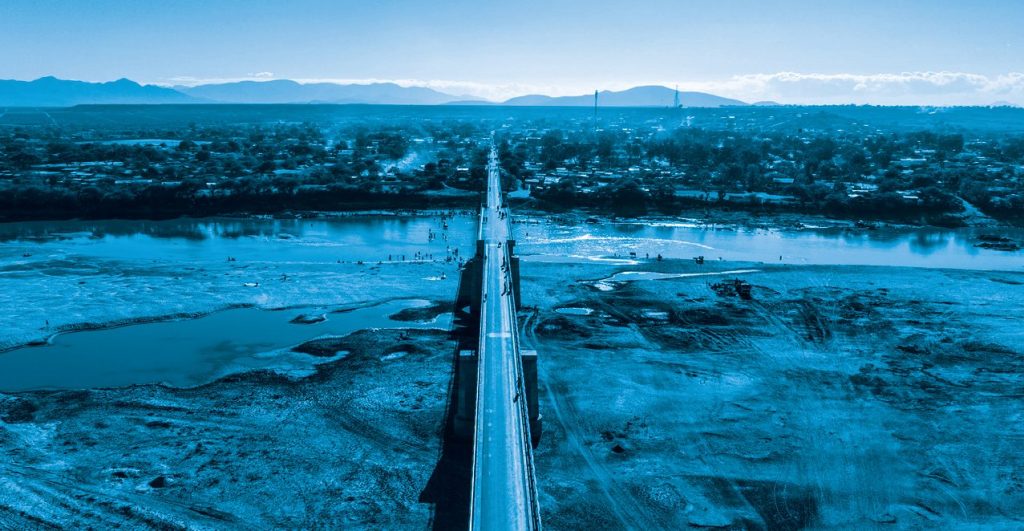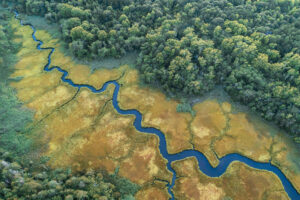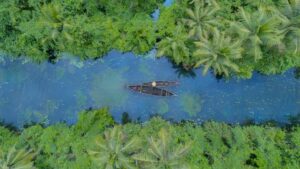PERSPECTIVES
This is archived version of the SIWI website, preserved to showcase how it previously appeared.
To access the current, live site, please visit siwi.org.
The lack of coordination between Water Resources Management (WRM) and Water, Sanitation and Hygiene (WASH) and the resulting institutional fragmentation impedes progress on Sustainable Development Goal 6 (SDG6) towards sustainable management of water and sanitation for all. This report proposes a framework that can be used to improve cooperation between WRM and WASH, illustrated with examples and case studies.

Policy and institutional fragmentation poses significant challenges to efficient water management, often leading to conflicts among water resource users and hindering equitable access. Overlapping mandates and gaps in governance result in missed opportunities and inefficient use of resources.
To address these challenges, it is crucial to establish coordinated and integrated water management frameworks that bring together diverse stakeholders, including government agencies, civil society, private sector actors, and communities. Such frameworks can facilitate the sharing of information and expertise, promote transparency and accountability, and foster equitable and inclusive decision-making processes. The framework in this report is structured around five joint outcomes and 18 cooperation areas that offer tangible entry points to prompt cooperative action towards achieving the joint outcomes.
The cooperation and alignment between WASH and WRM are necessary, need to be scaled up, and require commitment and strong leadership. By promoting cooperation, coordination, and alignment of policies and regulations, we can achieve more efficient, equitable, and sustainable management of water resources while minimizing conflicts and enhancing protection against water hazards.




This is an archived version of the SIWI website, preserved to showcase how it previously appeared.
To access the current, live site, please visit siwi.org.
We use cookies on our website to make your experience better. Your personal data is safe and we do not sell it to anyone.
The website is running without cookies, some features will not work.